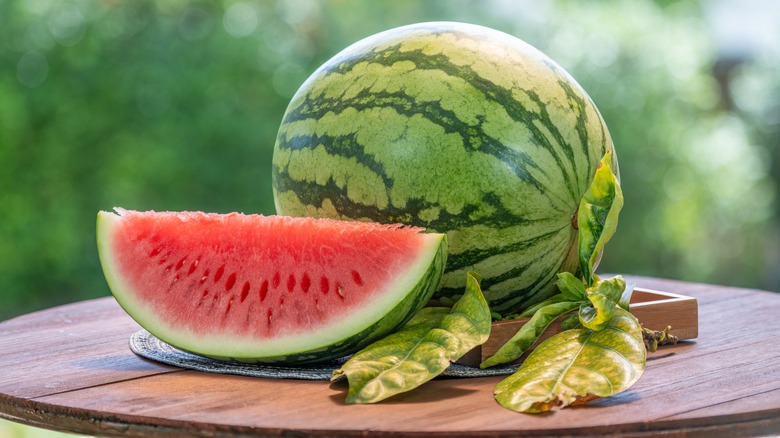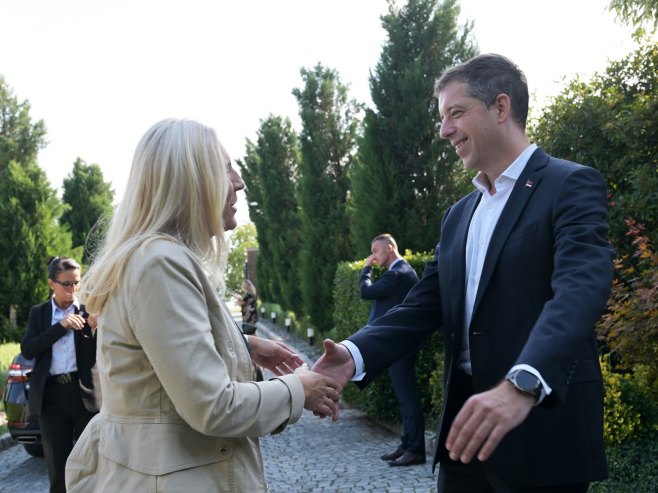The first watermelons grown in the fields of Semberija are now on the market. Thanks to excellent natural conditions, hardworking farmers, and decades-long tradition, the harvest is abundant and of exceptional quality. Farmers are not satisfied with the current price, but if the yields hold up, they say the season could still be good.
The watermelon harvest has begun in Semberija. The plants, sown in April, survived the cold weather thanks to plastic tunnels, and the first fruits are already ripening. The harvest lasts until mid-September, and in good years—like this one is expected to be—the yield can reach up to 10 tons per dunum. Prices fluctuate.
“Prices are already dropping significantly, and you have to work and transport as things come up. It changes from day to day. I started off selling at a good price, but now it’s around 40 to 50 pfennigs, while it used to be 80 pfennigs to a mark. You just try to hit an average,” says Slaviša Stojić.
The first fruits usually bring in the most profit, but this year, significant wholesale purchasing has been absent. Distributors imported watermelons from Albania, Greece, and Turkey, and until those imported quantities are sold, there will be no buying from domestic farmers.
“The market is flooded with imported watermelons. All the wholesale buyers and retail chains are supplied with them. No one is picking up our produce yet, because those imported watermelons have already been paid for, sometimes over a mark per kilo. Since they were prepaid, sellers are now letting them go for less than the purchase price—just to get rid of them,” explains Milorad Zarić.
Farmers with the largest production quantities sell their watermelons to retail chains that own their own stores. The price is slightly lower, but the process is far more efficient than selling at open markets.
“We manage to make it work if the yields are good. We have to move the goods either way, like our people say: whatever the day brings, that’s the gift it gives,” says Rado Mihajlović.
Extremely high temperatures in June didn’t benefit the plants, but they survived thanks to consistent irrigation and fertilization.
“I even had to water the watermelons from above using hose guns—it just couldn’t be done the regular way. But now it’s fine; the soil has soaked in enough moisture, as we say,” adds Radiša Marić from Batković.
Summers are getting hotter and droughts more frequent, but such conditions actually favor watermelon cultivation. This crop is only grown on irrigated land, so despite the intense heat, producers remain hopeful for a successful season.
Source: RTRS








